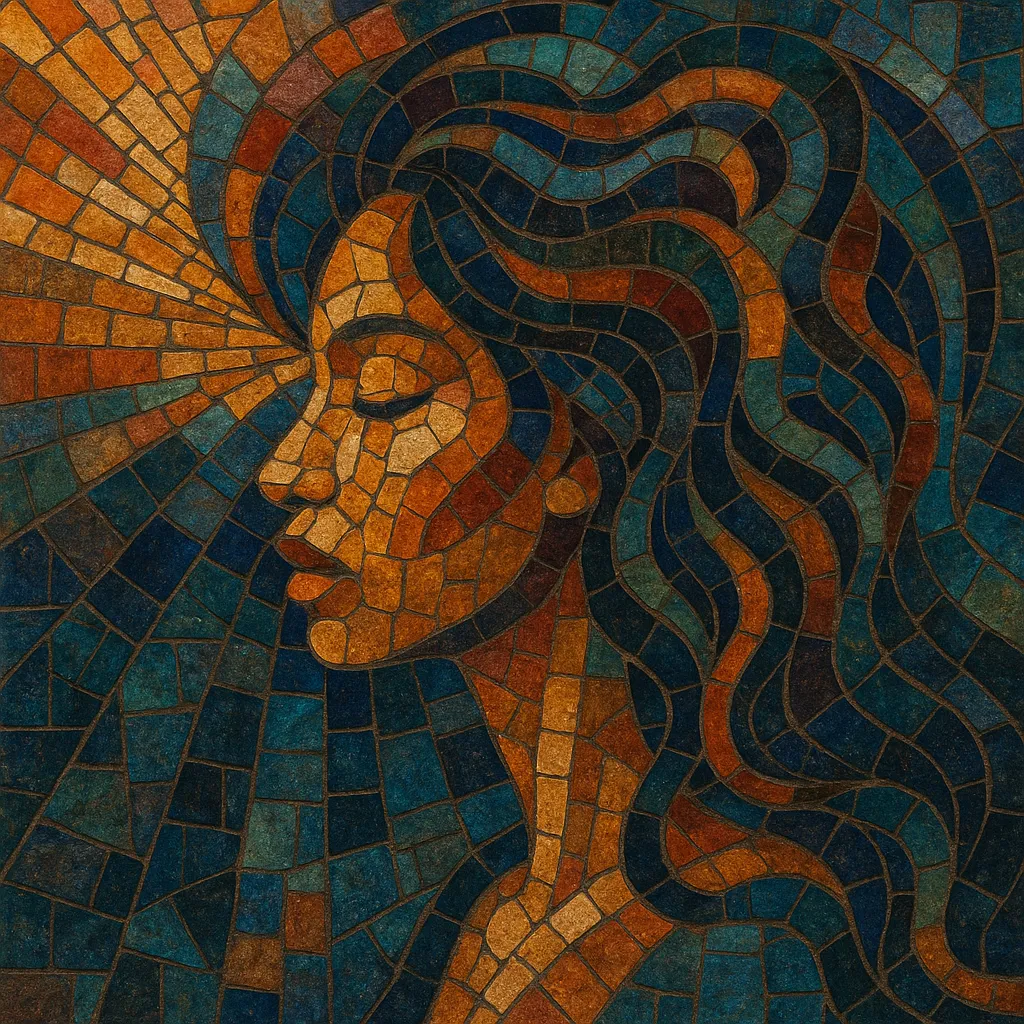
Progressive soul is a strand of soul music that embraced the album as an art form, expanding the genre’s harmonic language, song structures, and lyrical scope. It blends the emotional immediacy of classic soul and gospel with the conceptual ambition of progressive rock, the orchestral sweep of Philadelphia soul, and the rhythmic sophistication of funk and jazz fusion.
Characterized by extended forms, suites, concept albums, rich orchestration, and studio experimentation, progressive soul often features electric piano and Rhodes, clavinet, early synthesizers, elaborate horn and string arrangements, and layered vocal harmonies. Its lyrics frequently tackle social justice, spirituality, and introspection, while grooves remain deeply rooted in soul and funk.
Pushing beyond the singles-driven model of 1960s soul, late-1960s experiments in psychedelic soul and ambitious studio production laid the groundwork for progressive soul. Early landmarks included Isaac Hayes’s expansive arrangements and long-form tracks, which reframed soul as an album-oriented, cinematic experience.
The genre crystallized in the early 1970s with albums that married conceptual cohesion to advanced musicianship. Marvin Gaye’s cycle of socially conscious, suite-like songs, Stevie Wonder’s synthesizer-forward, harmonically intricate albums, and Curtis Mayfield’s orchestrated, message-driven work epitomized the style. Producers and arrangers in the Philadelphia scene added symphonic strings and lush horn voicings, while bands like Earth, Wind & Fire and Sly & The Family Stone fused funk, jazz, and rock dynamics into album-length statements.
Progressive soul adopted progressive rock’s long forms and thematic unity, jazz’s extended harmony and improvisation, and funk’s syncopated grooves. Studio innovations (multi-tracking, Moog and ARP synthesizers, layered choirs, and elaborate orchestrations) turned the studio into an instrument, supporting lyrics that addressed civil rights, urban realities, and personal spirituality.
By the late 1970s and early 1980s, elements of progressive soul fed into quiet storm’s refined intimacy and shaped the DNA of contemporary and alternative R&B. Its album-centric ethos and sonic palette profoundly influenced hip hop through sampling and inspired the narrative depth of conscious rap. In the 1990s and 2000s, neo-soul revived its organic instrumentation and conceptual focus, while modern art-leaning R&B continues to draw on its harmonic and production vocabulary.

